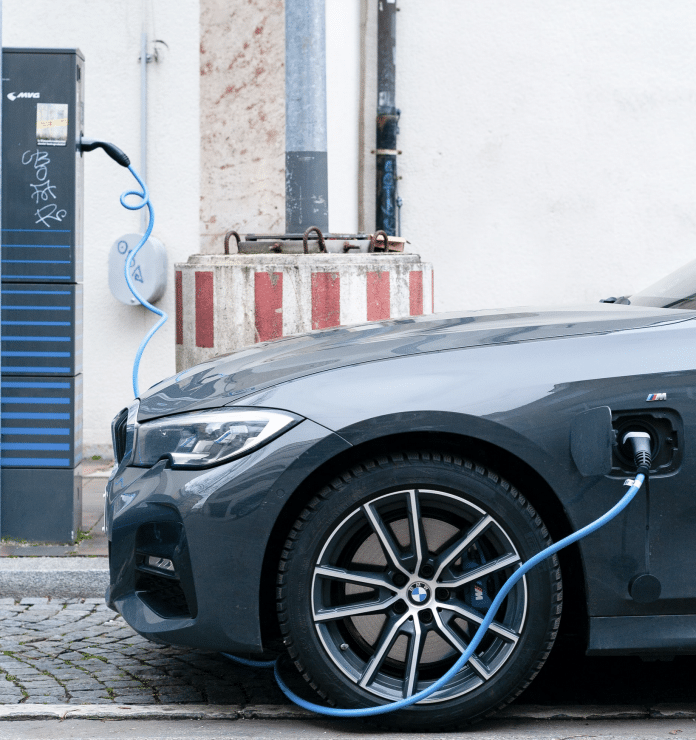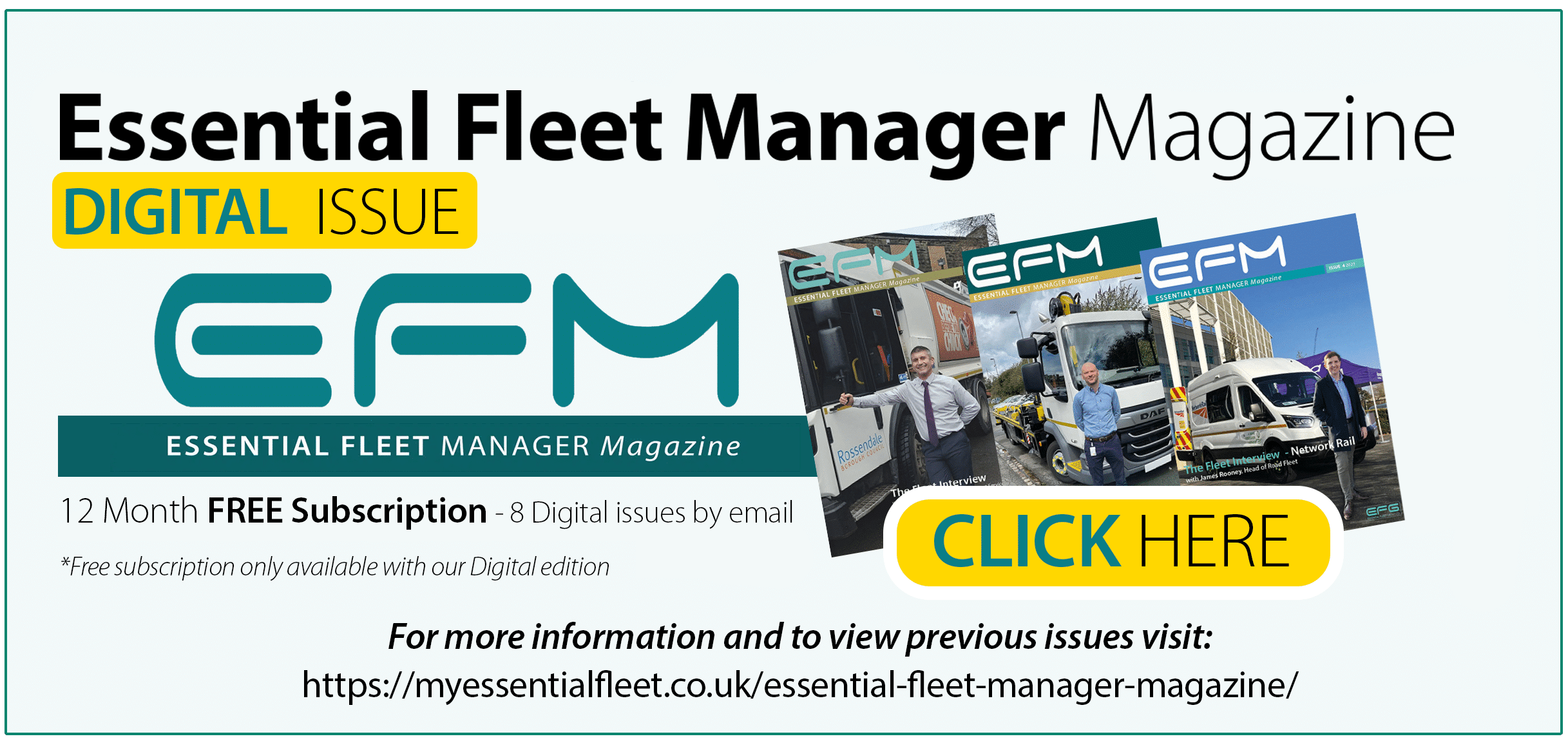As countdown to the summer holiday season approaches in earnest, electric vehicle (EV) owners may be considering whether they are ready to drive their EV abroad. Range anxiety can be a challenge on longer journeys in the UK, but when you factor in unfamiliar charging networks and languages, it can be enough to push drivers to renting a petrol or diesel alternative. However, Venson Automotive Solutions is helping drivers plan ahead so they can still drive their zero emissions vehicle on holidays abroad, rather than increasing their environmental impact by driving a traditionally fuelled vehicle.
“Switching to an electric car for day-to-day driving, or the commute, can be a daunting prospect for drivers,” commentedSimon Staton, Director of Client Management for Venson Automotive Solutions. “And for those who have made the Big Switch, taking the vehicle into unknown charging territory abroad can be just as intimidating. The good news is that with a little planning and preparation driving an EV abroad is no more complicated than taking longer journeys at home. Get the right apps, plan your route and your breaks and you can sit back and enjoy the drive.”
With a growing charging network and a wider range of options now available, EV driving abroad is getting easier. Some UK apps and accounts will work in Europe, but drivers will need to look into additional accounts, including the various multi-network accounts available to provide access to many of the biggest networks through a single app.
There are also a range of route planning websites and apps available to help drivers accurately plan their route around suitable chargers, including those at hotels and restaurants to make the most of rest stops. Combining a charging stop with a visit to a local attraction, a meal or an overnight stop can help make the journey more efficient and enjoyable. Overnight charging is often cheaper, too, as it is a slower charge.
While route planning needs to be more meticulous, EV drivers need to take the same steps as other drivers to prepare for overseas trips. Insurance and roadside assistance should cover driving abroad, and company cars require the necessary paperwork – the Vehicle on Hire Certificate (VE103B) – to prove the driver has permission to take it out of the UK.
Simon Staton continued: “Required paperwork for drivers varies by country and businesses that allow their drivers to take company cars abroad should play their part in getting the necessary documentation and insurance in place. Consequences of not having the VE103B certificate vary immensely across borders, and depending on the local rules, not having one could lead to the company car being impounded abroad. It goes without saying that this could have a negative impact far beyond ruining a family holiday.”
Venson checklist for electric driving abroad
- Check charging options – EV drivers should research charging stations available along their route and ensure they will be able to access the relevant networks, whether through a UK-based account or a paid-for multi-network service/app. If camping, check the site allows EV charging on the pitch and if necessary, pack the right adapter for a campsite electric hookup.
- Get covered – Drivers need insurance to cover their trip abroad and roadside assistance.
- Know the rules – It is important drivers familiarise themselves with local driving rules. If laws or speed limits are broken, foreign police forces can prosecute drivers even once they return to the UK.
- Get your stickers – UK vehicles will require certain stickers before leaving home shores: a UK sticker (if UK is not featured on the number plate or the vehicle still has a pre-Brexit GB sticker), headlight converter stickers unless the beam can be manually adjusted and emissions stickers if visiting certain cities.
- All aboard – As well as the relevant paperwork and VE103B/V5C, many countries require all drivers to carry certain emergency equipment inside the car, such as reflective vests, a fire extinguisher and warning triangles.
- Good to go – To help avoid the risk of a breakdown, vehicles should have a health check before travelling overseas. Tyre pressure and tread, fluid levels, wiper blade condition and light bulbs are some of the most important items to check.
Further information on driving abroad as well as the specific requirements and regulations for each country can be found on the GOV.UK website.
For further information about living with your electric vehicle have a look at our whitepaper




